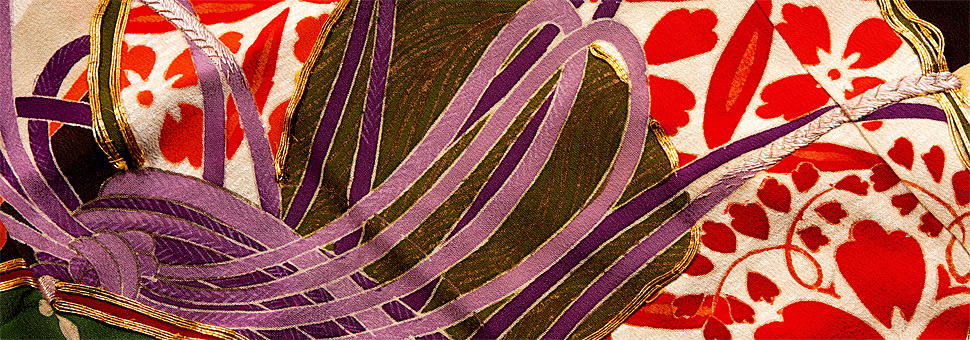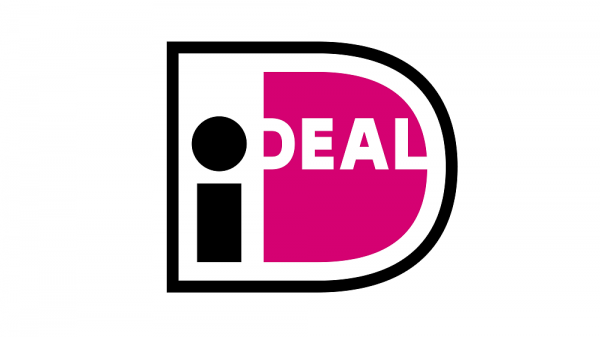
Initially Ann was not going to donate the tablecloth, which she remembers as always being at her mother’s home and which was, perhaps, a little too ‘ordinary’. But we had said to bring everything and to decide together what the TRC would be interested in, so she brought the tablecloth anyway. We are really glad that she did, as this cloth may reflect a dramatic episode in European history, and is also linked to the TRC’s current exhibition about textiles and war.
In general, this type of linen tablecloth was very popular in the early decades of the 20th century and women spent many hours crocheting the borders with white cotton yarn, using their own patterns and those printed in specialist books, magazines and leaflets.
The design on Mrs. Whitehead’s tablecloth, at first glance, seemed to be of abstract shapes, but on closer examination it turned out to be based on a repeating design of a central flag with overlapping crosses, then to the right there is a flag with three vertical bands and to left, one with three horizontal bands. All the flags are fastened together with a long ribbon tied into a bow.

If this identification is correct, and it seems reasonable, then it would mean that the tablecloth can be dated to the period of the First World War (1914-1918) and was probably made in Britain, or at least by a British national. An obvious ‘missing’ flag, however, is the ‘Stars and Stripes’ of the United States, which commonly occurs on First World War memorabilia. The lack of this flag would suggest that the tablecloth dates to between 1914 and 1916 or perhaps very early in 1917 as the Americans entered the war in the April of that year. An intriguing memento indeed of a European war that took place over one hundred years ago.

If anyone has further information about this or similar crochet designs can they please get in contact with us at This email address is being protected from spambots. You need JavaScript enabled to view it. ?
Gillian Vogelsang, 19 September 2020










